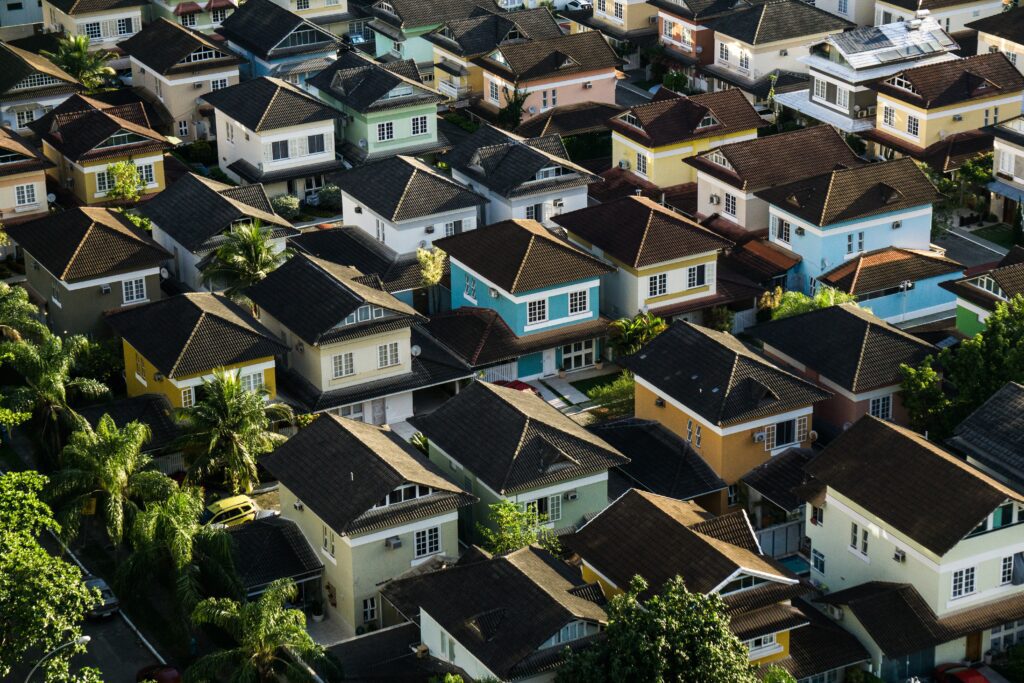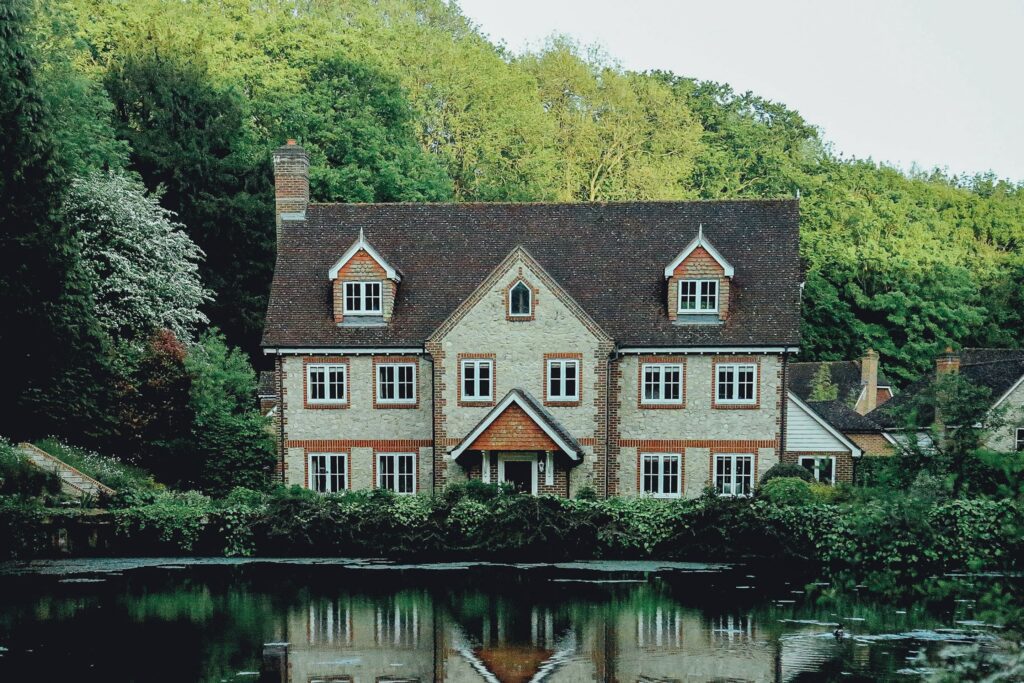When enhancing curb appeal and protecting your home from the elements, choosing the right siding is crucial. With a multitude of options available in the market today, it can be hard to select the perfect siding material that suits your needs and preferences. This comprehensive guide aims to simplify the decision-making process by providing you with essential information about three popular siding options. Each option has its own set of advantages and considerations, ensuring that you can make an informed choice for your home.
Vinyl Siding: Durability and Low Maintenance
Vinyl siding is a popular choice for homeowners due to its durability and low maintenance requirements. It is made from PVC (polyvinyl chloride) resin, which is highly resistant to rot, moisture, and insects. Vinyl siding is available in a wide range of colors and textures, allowing you to achieve the desired aesthetic for your home. Additionally, it is relatively affordable compared to other siding materials, making it an attractive option for budget-conscious homeowners in Lubbock and other places characterized by hot summers and occasional severe weather, which demand a siding material that can withstand extreme temperatures, high winds, and hail. Vinyl siding excels in these conditions, providing excellent resistance to fading, warping, and cracking, ensuring that your home remains protected and visually appealing for a long period.
As already noted, the good side of vinyl siding is its low-maintenance nature. Unlike wood siding, it does not require regular painting or staining. It can be easily cleaned with a hose and mild detergent, keeping it looking fresh for years. However, it’s worth noting that vinyl siding may fade or become brittle over time due to prolonged exposure to sunlight. Extreme temperatures can cause it to expand or contract, potentially leading to cracks or warping.
Fiber Cement Siding: Versatility and Longevity
Fiber cement siding has gained popularity in recent years due to its versatility and long-lasting nature. It is composed of a mixture of cement, cellulose fibers, and sand, resulting in a sturdy and resilient material. Fiber cement siding can mimic the appearance of wood, stucco, or masonry, providing homeowners with a wide range of design options.
One of the significant advantages of fiber cement siding is its resistance to fire, pests, and rot. It is highly durable and can withstand harsh weather conditions, making it an ideal choice for areas prone to extreme temperatures or frequent storms. Also, fiber cement siding requires minimal maintenance, as it is resistant to warping, cracking, and fading. However, it is important to note that fiber cement siding can be heavier and more challenging to install compared to other siding materials, requiring professional assistance.
Wood Siding: Natural Beauty and Timeless Appeal
Wood siding exudes a timeless appeal and natural beauty that many homeowners find irresistible. It is available in various types of wood, such as cedar, redwood, and pine, each offering its unique characteristics and aesthetic qualities. Wood siding can be stained or painted to match your desired color scheme, providing flexibility in customization.
Wood siding can add warmth and character to a home’s exterior. It can be easily repaired or replaced in case of damage, offering longevity when properly maintained. Wood siding requires regular maintenance, including staining or painting every few years, and protection against moisture and insects. Without proper care, wood siding may rot, warp, or become susceptible to termite infestations.
Metal Siding: Strength and Modern Aesthetics
Metal sidings, such as aluminum or steel, became popular for their strength and modern aesthetics. It offers excellent durability and can withstand extreme weather conditions, making it suitable for areas prone to hurricanes or heavy snowfall. Metal siding is also resistant to fire, rot, and insect damage, ensuring long-term protection for your home.
One of the main advantages of metal siding is its low maintenance requirements. Unlike wood siding, it does not require painting or staining. Metal siding is also highly resistant to fading, warping, or cracking. It’s important to note that metal siding can be susceptible to dents or scratches, especially in areas with high foot traffic or frequent impact. Regular cleaning with mild detergents can help maintain its appearance and prolong its lifespan.

Brick and Stone Veneer: Timeless Elegance and Durability
Brick and stone veneer siding exudes timeless elegance and offers exceptional durability. It can add a touch of sophistication to any home’s exterior. Brick siding is renowned for its strength, fire resistance, and long lifespan. Stone veneer, on the other hand, provides a natural and luxurious appearance without the weight and cost associated with full stone construction.
The pros of brick and stone veneer siding are its low maintenance requirements. It does not require painting or staining, and it is resistant to rot, pests, and fading. Moreover, brick and stone veneers are excellent insulators, helping to regulate indoor temperatures and potentially reducing energy costs. However, consider the higher initial cost and the need for professional installation, as brick and stone veneer siding can be heavier and more complex to install compared to other siding materials.
Stucco Siding: Traditional Charm and Energy Efficiency
Stucco siding is known for its traditional charm and energy-efficient properties. It is made from a mixture of cement, sand, and water, resulting in a durable and long-lasting material. Stucco siding offers a unique textured appearance that can enhance the architectural features of your home.
Stucco siding has exceptional energy efficiency. It acts as an excellent insulator, helping to regulate indoor temperatures and potentially reducing heating and cooling costs. Stucco siding is also fire-resistant and requires minimal maintenance. However, it’s important to note that stucco siding can be susceptible to cracking in areas with frequent seismic activity or significant temperature fluctuations. Regular inspection and proper maintenance can help mitigate these issues and ensure the longevity of your stucco siding.
Choosing the right siding for your home involves considering various factors such as durability, maintenance requirements, aesthetics, and budget. Vinyl siding offers low maintenance and affordability, while fiber cement siding provides versatility and longevity. Wood siding brings natural beauty and timeless appeal, while metal siding offers strength and modern aesthetics. Brick and stone veneer siding provide timeless elegance and durability, and stucco siding combines traditional charm with energy efficiency. By assessing the advantages and considerations of each option, you can make an informed choice that suits your needs and preferences, ensuring the long-term protection and visual appeal of your home.


